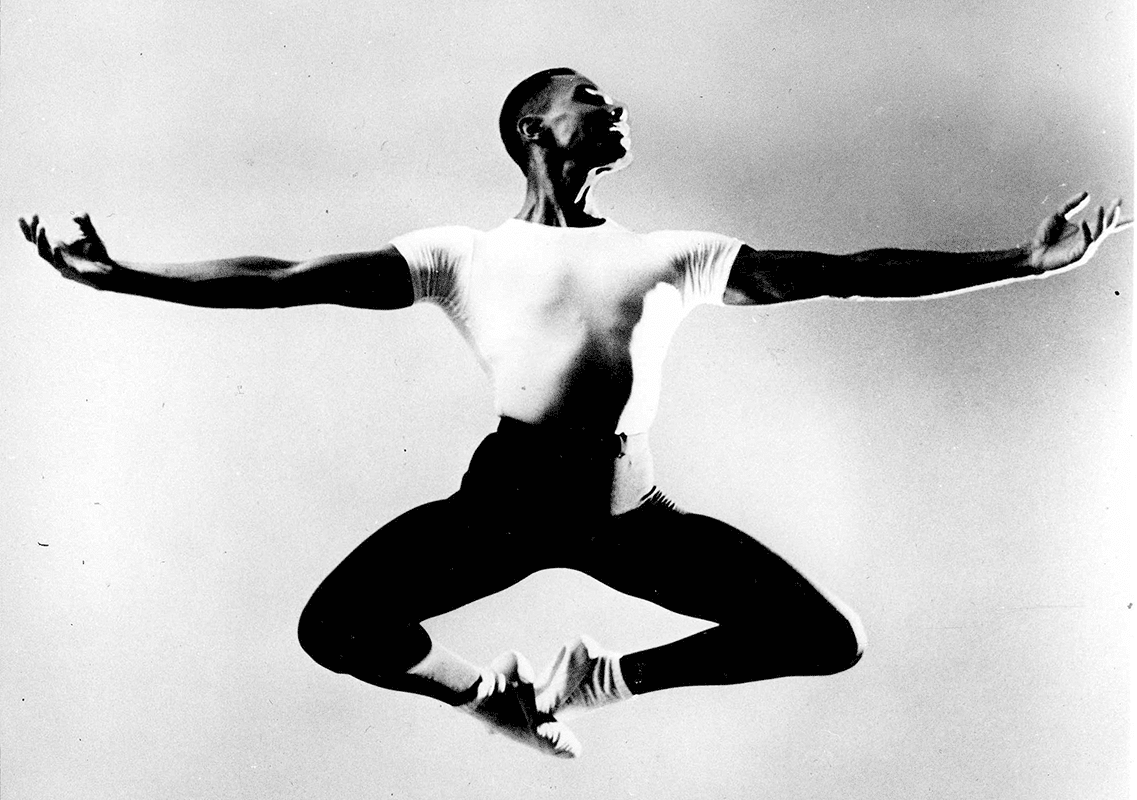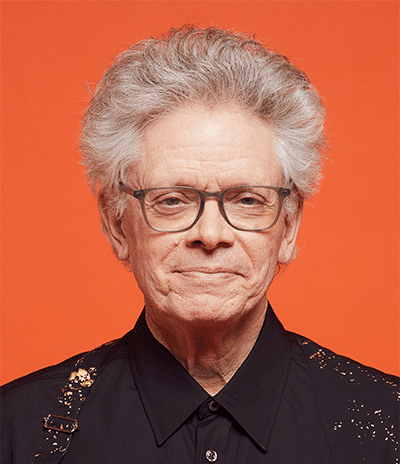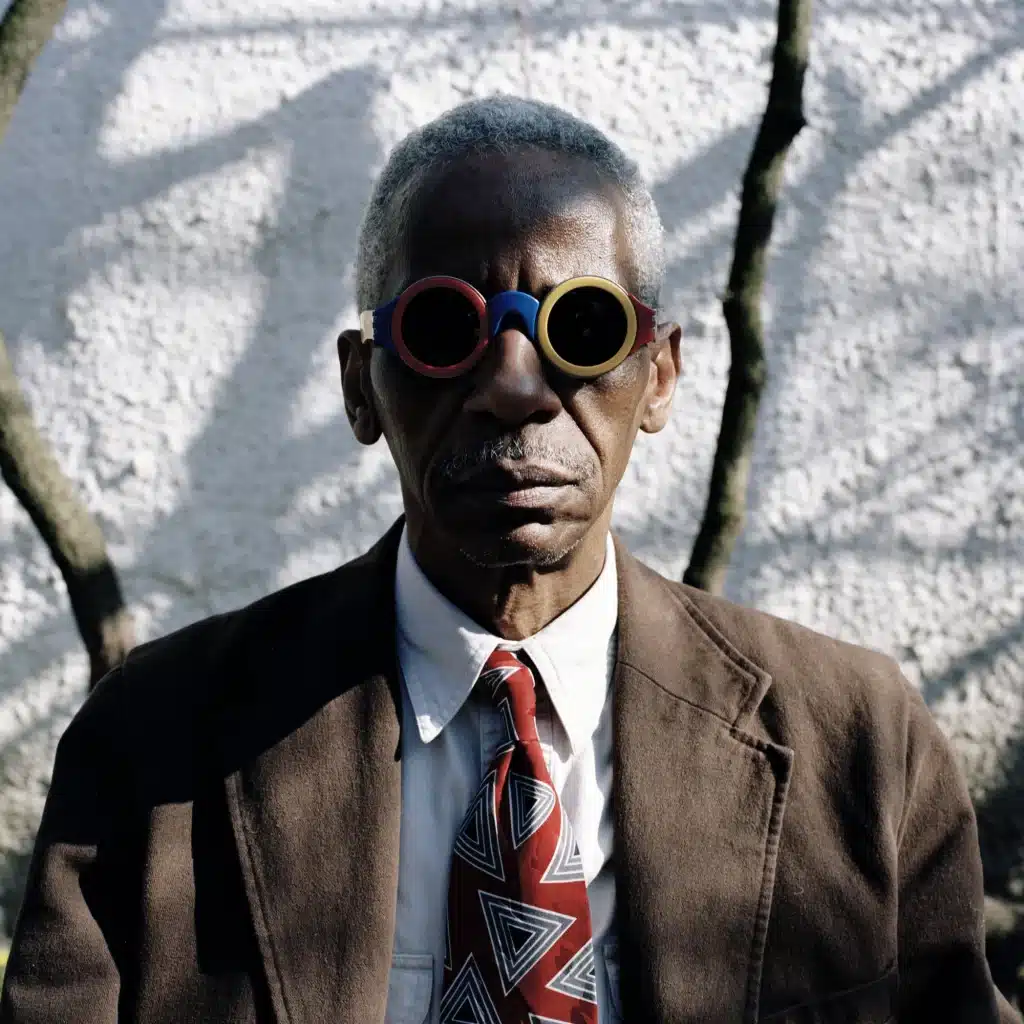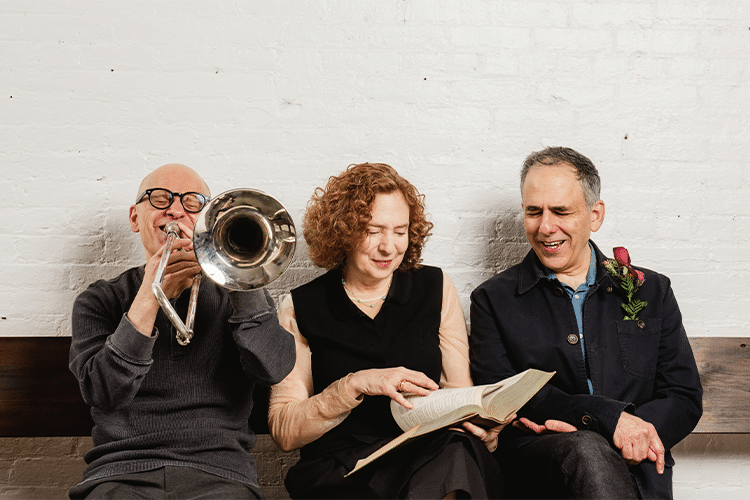The Dance of Chance
In this issue, we asked musicians from all corners—as well as writers, painters, and actors—about the musical experiences that changed their lives. For violinist David Harrington, it was two notes of a relatively obscure 1917 recording. For composer Chen Yi, it was a mother’s lullaby for her child, sung on a Chinese farm.
In this article composer Tania León writes about her collaboration with ballet dancer Arthur Mitchell.

On my third day in the United States, having arrived in Miami from Havana, Cuba, I decided to come to New York City. I didn’t know anyone in New York. I didn’t even speak English at the time. Really, New York was just going to be a stepping stone. My dream was to live in Paris, and to pursue my career as a pianist.
A few months after I arrived in New York a chance encounter changed my course, personally and musically. I had enrolled at New York University. A classmate had asked me to fill in for her as pianist for ballet rehearsals at the Harlem School of the Arts. It was my first trip to Harlem. In between dance rehearsals, while I was practicing some classical pieces, Arthur Mitchell came up to me. I had no idea who he was. He liked my playing. He asked for my phone number. Someone soon called me, speaking in Spanish, to let me know that Arthur was inviting me back to that rehearsal studio to work with him on a project. When I got there, Arthur was in the middle of the room with four dancers. He offered me the role of pianist in his new project. I still didn’t really know who he was. I found out only after he gave me a ticket to see the New York City Ballet at Lincoln Center. When I opened the program, I saw his face. After the curtain lifted, there he was. That’s how I found out who I was dealing with. Later, he explained his project, which eventually became the Dance Theater of Harlem. At first, he preferred me to improvise while the dancers moved. Then he said, “Why don’t you write something, and I’m going to do the choreography?”

He choreographed the whole thing, session by session, with me taking notes as he moved. He would count out loud as he moved, so I wrote down each count to document the rhythm of each movement. This happened step by step, with me taking notes and more notes. There were no cellphones then; I had no video to rely on. I put the piece together the best I could. I took books out from the library about composition. We recorded my composition, with me as pianist. That piece, my first ballet composition, “Tones,” was dedicated to my grandmother, who took me to the conservatory when I was four years old. It was first performed in 1970 at the Guggenheim Museum.
There, I experienced this whole thing unfold in front of me, onstage—something that had grown out of a conversation about possibilities between two people who could barely communicate through words. At the time, I didn’t think of myself as a composer. I grew up in Cayo Hueso, a poor neighborhood in Havana. There, if you had a little coffee or some sugar, you would bring it to your neighbor to share. We were community oriented. Arthur was building his own community. And the way we began working together, we shared dance and music as if they were sugar and coffee.
A few days after the Guggenheim performance, I went to NYU and changed my major to composition. I have never looked back.



